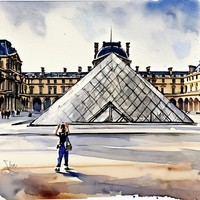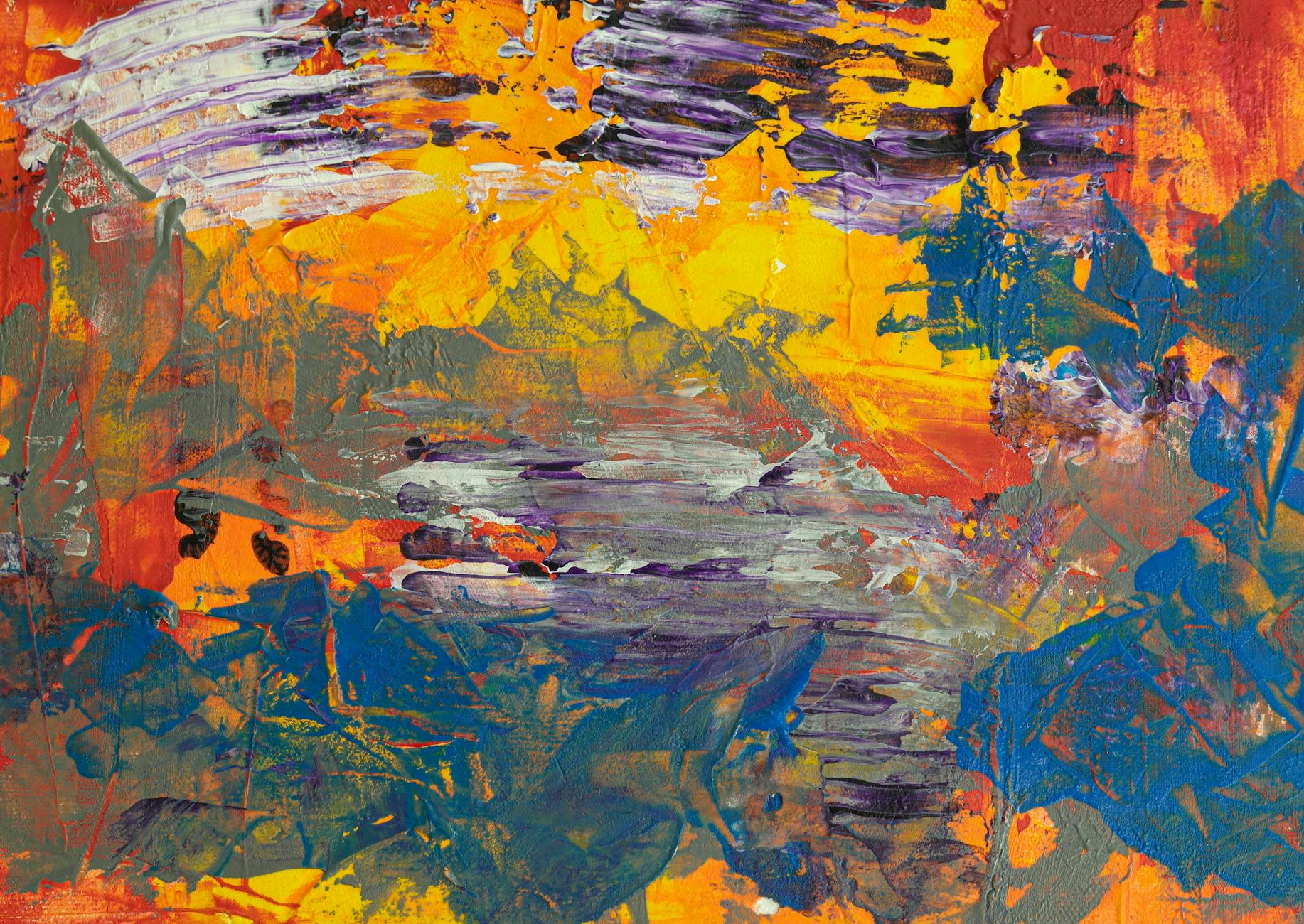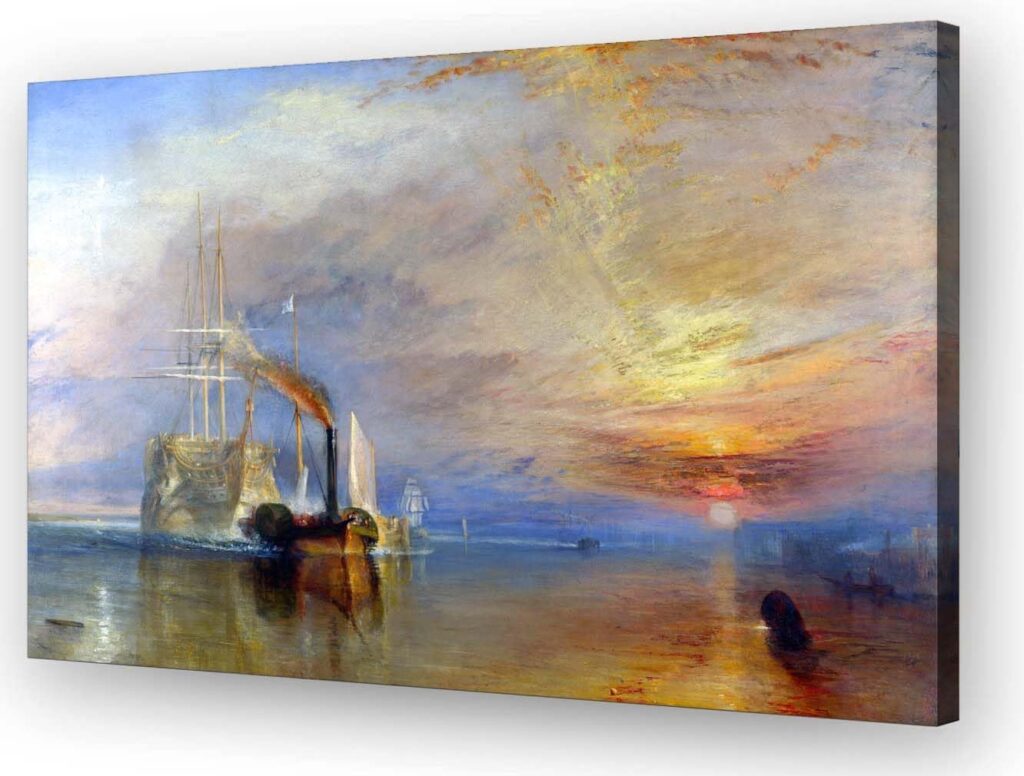Ever found yourself staring at a painting, wondering about the genius behind the brush? Or perhaps you’ve wandered through a museum, feeling overwhelmed by the sheer variety of styles and eras represented? You’re not alone. Art enthusiasts and casual observers alike often grapple with understanding the vast landscape of world painters and their contributions. Let’s embark on a colorful journey through time, exploring the top world painters for every major artistic period.
Timeline of Art Periods
-
Renaissance (14th-17th century)
A period of renewed interest in classical learning and values.
- Leonardo da Vinci: “Mona Lisa”, “The Last Supper”
- Michelangelo: Sistine Chapel ceiling, “David” sculpture
-
Baroque (17th century)
Characterized by dramatic compositions, bold colors, and intense light-dark contrasts.
- Rembrandt van Rijn: “The Night Watch”, “The Return of the Prodigal Son”
- Caravaggio: “The Calling of Saint Matthew”, “Bacchus”
-
Impressionism (Late 19th century)
Focused on capturing the fleeting effects of light and color in everyday scenes.
- Claude Monet: “Water Lilies” series, “Impression, Sunrise”
- Pierre-Auguste Renoir: “Luncheon of the Boating Party”, “Bal du moulin de la Galette”
-
Post-Impressionism (1886-1905)
Built on Impressionist color and light techniques while adding more symbolic content and formal structure.
- Vincent van Gogh: “The Starry Night”, “Sunflowers”
- Paul Cézanne: “The Card Players”, “Mont Sainte-Victoire” series
-
Cubism (Early 20th century)
Revolutionized European painting by depicting subjects from multiple viewpoints simultaneously.
- Pablo Picasso: “Les Demoiselles d’Avignon”, “Guernica”
- Georges Braque: “Houses at L’Estaque”, “Man with a Guitar”
-
Surrealism (1920s-1950s)
Sought to release the creative potential of the unconscious mind.
- Salvador Dalí: “The Persistence of Memory”, “The Elephants”
- René Magritte: “The Son of Man”, “The Treachery of Images”
-
Abstract Expressionism (1940s-1950s)
Emphasized spontaneous, automatic, or subconscious creation.
- Jackson Pollock: “No. 5, 1948”, “Blue Poles”
- Mark Rothko: “Orange and Yellow”, Rothko Chapel murals
-
Pop Art (1950s-1960s)
Challenged traditions by including imagery from popular culture.
- Andy Warhol: Campbell’s Soup Cans series, Marilyn Diptych
- Roy Lichtenstein: “Whaam!”, “Drowning Girl”
-
Contemporary Art (Late 20th century-Present)
Characterized by its diversity and global nature.
- Banksy: “Girl with Balloon”, “Love is in the Bin”
- Yayoi Kusama: “Infinity Mirror Rooms”, “Narcissus Garden”
Renaissance Masters: Where Art Found New Life
The Renaissance period, roughly from the 14th to the 17th century, saw a rebirth of classical learning and a revolution in artistic techniques.
- Leonardo da Vinci (1452-1519)
- Famous works: “Mona Lisa”, “The Last Supper”
- Known for: Sfumato technique, anatomical studies, and diverse interests
- Michelangelo Buonarroti (1475-1564)
- Notable works: Sistine Chapel ceiling, “David” sculpture
- Renowned for: Mastery of human form, both in painting and sculpture
Did you know? Leonardo da Vinci’s notebooks contain designs for flying machines and tanks, centuries before they became reality.
Baroque Period: Drama and Dynamism
The Baroque era, roughly spanning the 17th century, was characterized by dramatic compositions, bold colors, and intense light-dark contrasts.

- Rembrandt van Rijn (1606-1669)
- Masterpieces: “The Night Watch”, “The Return of the Prodigal Son”
- Celebrated for: Mastery of light and shadow, profound psychological insights
- Caravaggio (1571-1610)
- Key works: “The Calling of Saint Matthew”, “Bacchus”
- Known for: Dramatic use of chiaroscuro, revolutionary realism
Fascinating fact: Caravaggio’s tumultuous life included street brawls, murder charges, and periods of exile, all of which influenced his dramatic painting style.
Impressionism: Capturing the Moment
Emerging in the late 19th century, Impressionism focused on capturing the fleeting effects of light and color in everyday scenes.
- Claude Monet (1840-1926)
- Iconic works: “Water Lilies” series, “Impression, Sunrise”
- Renowned for: Pioneering Impressionist techniques, studies of light and atmosphere
- Pierre-Auguste Renoir (1841-1919)
- Notable paintings: “Luncheon of the Boating Party”, “Bal du moulin de la Galette”
- Celebrated for: Joyful depictions of modern life, mastery of the female form

Fun fact: Monet’s “Water Lilies” series comprises approximately 250 oil paintings, which he created in his garden at Giverny over the last 30 years of his life.
Post-Impressionism: Beyond the Moment
Post-Impressionists built on Impressionist color and light techniques while adding more symbolic content and formal structure.
- Vincent van Gogh (1853-1890)
- Masterpieces: “The Starry Night”, “Sunflowers”
- Known for: Bold colors, expressive brush strokes, emotional intensity
- Paul Cézanne (1839-1906)
- Key works: “The Card Players”, “Mont Sainte-Victoire” series
- Renowned for: Analytical approach to nature, influence on Cubism
Intriguing insight: Despite his current fame, Van Gogh sold only one painting during his lifetime.
Cubism: Breaking the Mold
Cubism, developed in the early 20th century, revolutionized European painting by depicting subjects from multiple viewpoints simultaneously.
- Pablo Picasso (1881-1973)
- Famous works: “Les Demoiselles d’Avignon”, “Guernica”
- Celebrated for: Co-founding Cubism, prolific output across various media
- Georges Braque (1882-1963)
- Notable works: “Houses at L’Estaque”, “Man with a Guitar”
- Known for: Collaboration with Picasso in developing Cubism
Did you know? Picasso and Braque’s Cubist partnership was so close that they often couldn’t tell their own works apart.
Surrealism: Dreams on Canvas
Surrealism, emerging in the 1920s, sought to release the creative potential of the unconscious mind.
- Salvador Dalí (1904-1989)
- Iconic works: “The Persistence of Memory”, “The Elephants”
- Renowned for: Bizarre dreamscapes, technical virtuosity, eccentric personality
- René Magritte (1898-1967)
- Key paintings: “The Son of Man”, “The Treachery of Images”
- Celebrated for: Thought-provoking juxtapositions, witty visual puns
Curious fact: Dalí’s moustache was so iconic that it remained in its classic “ten past ten” position 27 years after his death when his body was exhumed in 2017.
Abstract Expressionism: Emotion in Motion
Emerging in the 1940s, Abstract Expressionism emphasized spontaneous, automatic, or subconscious creation.
- Jackson Pollock (1912-1956)
- Famous works: “No. 5, 1948”, “Blue Poles”
- Known for: “Drip painting” technique, large-scale abstract works
- Mark Rothko (1903-1970)
- Notable works: “Orange and Yellow”, Rothko Chapel murals
- Renowned for: Color Field painting, emotional depth in abstraction
Insider insight: Pollock’s innovative “drip” technique came about partly by accident when he forgot to close a can of paint that leaked onto the floor.
Pop Art: Popular Culture on Canvas
Pop Art, emerging in the mid-1950s, challenged traditions by including imagery from popular culture.
- Andy Warhol (1928-1987)
- Iconic works: Campbell’s Soup Cans series, Marilyn Diptych
- Celebrated for: Blurring lines between high art and popular culture
- Roy Lichtenstein (1923-1997)
- Key works: “Whaam!”, “Drowning Girl”
- Known for: Adapting comic book style to fine art, use of Ben-Day dots
Fun fact: Warhol’s studio, known as “The Factory”, became a hangout for artists, musicians, and countercultural figures in the 1960s.
Contemporary Art: Breaking Boundaries
Contemporary art, from the late 20th century to the present, is characterized by its diversity and global nature.
- Banksy (Active since 1990s)
- Notable works: “Girl with Balloon”, “Love is in the Bin”
- Renowned for: Street art, political and social commentary, anonymity
- Yayoi Kusama (1929-present)
- Famous installations: “Infinity Mirror Rooms”, “Narcissus Garden”
- Celebrated for: Immersive installations, polka dot motifs
Fascinating fact: Banksy’s “Love is in the Bin” partially shredded itself after being sold at auction, instantly doubling its value.
The Art of Appreciation: Engaging with Great Painters
Appreciating the world’s top painters can enrich your understanding of art and history. Here are some tips:
- Study the context: Understand the historical and cultural backdrop of each artist’s work.
- Look closely: Spend time observing details in brushwork, color use, and composition.
- Read artist statements: Many painters have written about their work and philosophies.
- Visit museums: Nothing beats seeing masterpieces in person when possible.
- Explore connections: Notice how artists influence and react to each other across time.
Top World Painters Table
| Period | Painter | Famous Work |
|---|---|---|
| Renaissance | Leonardo da Vinci | Mona Lisa |
| Baroque | Rembrandt van Rijn | The Night Watch |
| Impressionism | Claude Monet | Water Lilies |
| Post-Impressionism | Vincent van Gogh | The Starry Night |
| Cubism | Pablo Picasso | Les Demoiselles d’Avignon |
| Surrealism | Salvador Dalí | The Persistence of Memory |
| Abstract Expressionism | Jackson Pollock | No. 5, 1948 |
| Pop Art | Andy Warhol | Campbell’s Soup Cans |
| Contemporary | Banksy | Girl with Balloon |
Find Galleries (top 100) showing your Favourite Artist

Find inspiration by visiting the gallery of your favourite artist (2024) by using our free tool: ArtFinder
As Pablo Picasso once said,
“Every child is an artist. The problem is how to remain an artist once he grows up.“
These top world painters for every period remind us of the enduring power of artistic expression across time. Whether you’re drawn to the precision of Renaissance masters or the provocative nature of contemporary artists, exploring these painters offers a window into human creativity, emotion, and history.
So, which artistic period or painter resonates most with you?



